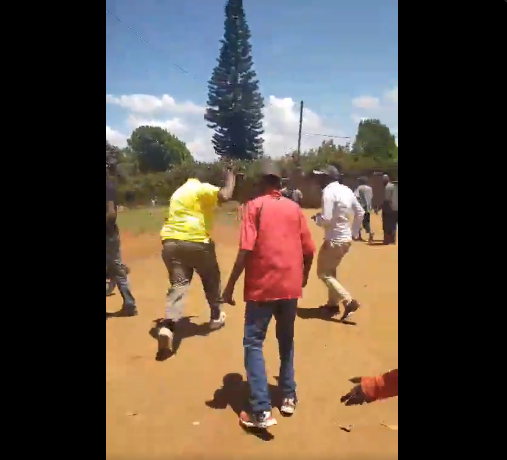The current political atmosphere in Kenya’s Mt. Kenya region has become increasingly tense, with a marked division emerging within the region’s political landscape.
This split, driven by factional disagreements between President William Ruto’s supporters and those loyal to his Deputy President Rigathi Gachagua, has led to separate camps vying for influence.
While Ruto’s allies, led by politicians like Mwangi Kiunjuri, seek to establish unity through organized conventions in locations such as Naivasha or Mombasa, Gachagua’s supporters are focusing on consolidating a base in Nyeri.
The widening rift is reportedly causing visible tensions among Mt. Kenya residents, many of whom had hoped for a stable, unified front post-election.
Additionally, the issue of political attire has added fuel to the fire, as wearing colors associated with certain factions—like the yellow associated with Ruto’s United Democratic Alliance (UDA)—has raised strong reactions.
In some parts of the region, people wearing these colors face verbal challenges, symbolic of the political “yellow fever” in Mt. Kenya.
While these symbolic conflicts reflect deeper-seated divisions, local leaders are calling for reconciliation and dialogue to avoid further alienation within communities.
Leaders are now calling for peace, focusing on youth engagement and the need to prevent political grievances from impacting local development.
Opinion leaders are pushing for inclusive dialogue to avoid a prolonged division that could harm the region’s economic and social stability.
Meanwhile, both the government and opposition figureheads recognize that unity will be crucial for future governance and regional advancement.


